Sudan hunger crisis: WFP calls for funds and humanitarian access to avert famine
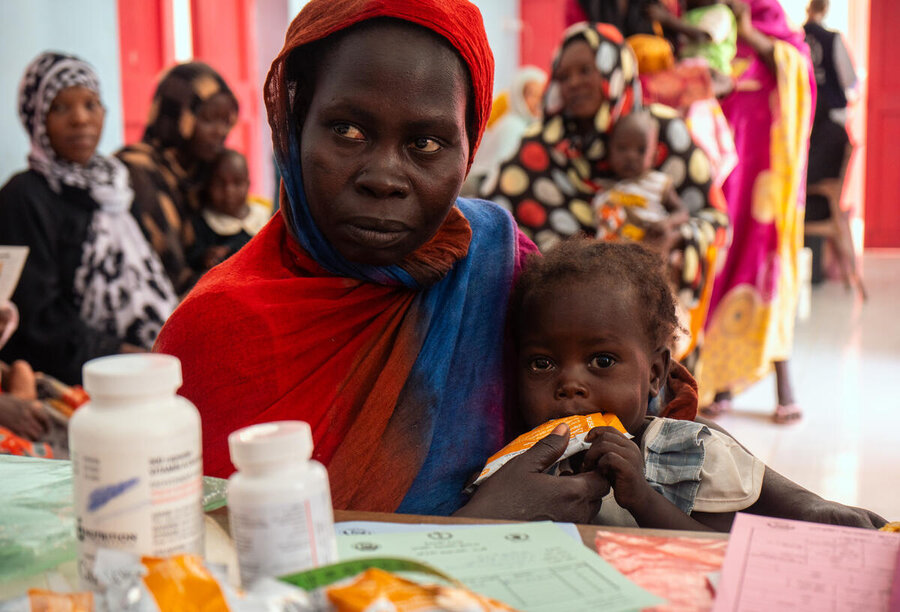
Breaking: WFP Sudan latest
In the eastern city of Port Sudan, where tens of thousands of war-displaced seek shelter, frail infants with stick-thin arms chalk up dangerously high malnutrition levels. Hungry people pack schools and other makeshift housing centres, clinging to scant belongings from their old lives. Across Sudan, geographically Africa’s third largest country, echo innumerable stories of grief – as millions struggle to survive.
“I lost my home, I lost all my family,” says Fawziya Abdullah Adam, one hand shielding her eyes as she sits, describing how she fled her war-torn home north of Sudan’s capital, Khartoum. “We lost everything that was important.”
READ IPC REPORT HERE Scroll down for video
Adam is lucky to be alive. Over more than a year, the conflict in Sudan has killed thousands and uprooted more than 9 million people, shaping the world’s largest displacement crisis. Today, it is pushing this East African country to the brink of famine.
More than half the country’s population, or around 26 million people, now face acute food insecurity – 14 million more than before the conflict. Of that number, some 8.5 million are struggling at IPC4 – the ‘emergency’ level on the global tool for measuring hunger, the Integrated Food Security Phase Classification (a collaborative initiative involving more than 20 partners, including governments, UN agencies, and NGOs).
The latest report, published today (27 June), charts an alarming 755,000 experiencing catastrophic hunger at IPC5 – the most dire level of food insecurity.
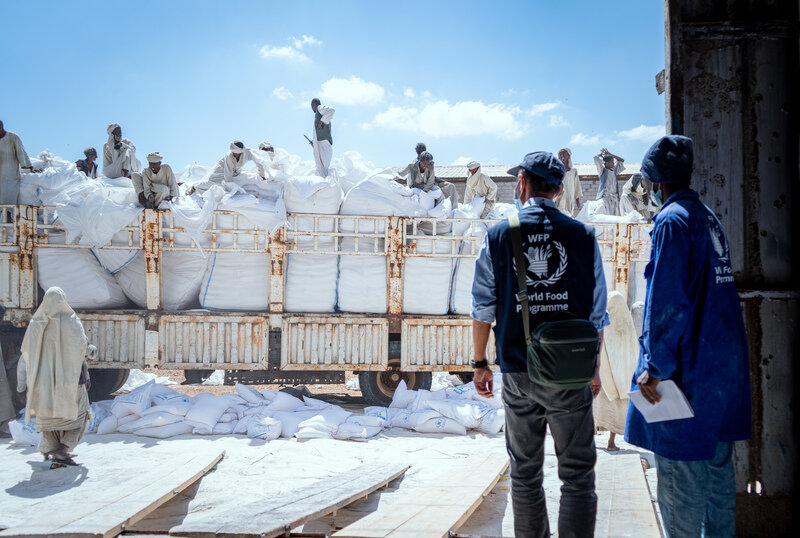
“I’ve never witnessed a situation where the food security situation gradually moves to a catastrophic level every day,” says Eddie Rowe, World Food Programme (WFP) Country Director for Sudan. “Yet that is what is happening, especially in conflict-affected areas like the Darfur and Kordofan regions, Gezira State and southern Khartoum.”
Indeed, the hunger picture could sharply worsen as fighting rages and the rains set in – June is when ‘hunger season’ starts as vast communities lose access to roads and markets. Dwindling funds and limited humanitarian access leave humanitarian agencies such as WFP unable to reach them.
The consequence of this is “regular mass displacement” as people travel to hubs scattered across the country where they know they will be able to receive assistance.
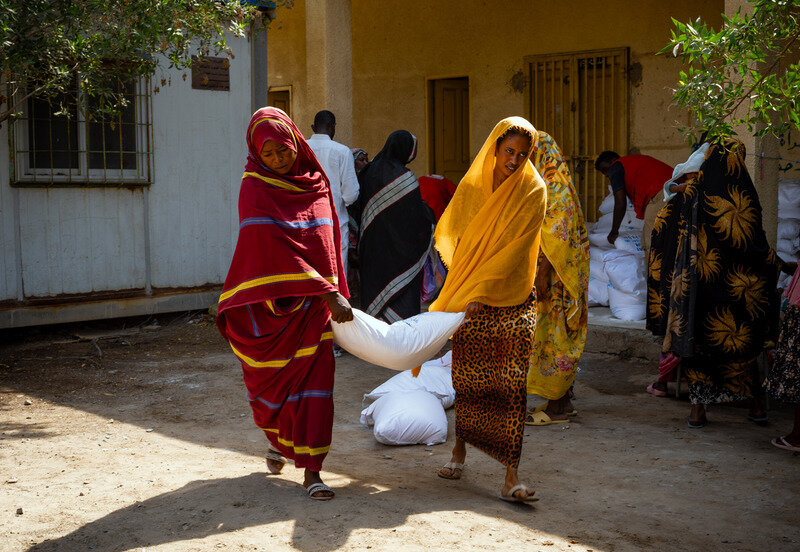
“And that is very scary because while we are trying our level best to reach hard-to-reach locations, access – restricted by shifting lines of conflict – is preventing us from supporting people,” says Rowe.
“We are scaling up our emergency response to avert a full-blown famine and save lives before it’s too late,” he adds. “It’s a race against time. We need unfettered access. If we have access and funding, we will be able to avert an outright famine.”
Rowe takes heart from the impact of WFP’s work over the past year – the new IPC numbers would be far higher had WFP food assistance not arrived in the many places where it did. “Despite all the challenges, in the Darfur states, for example, we were able to reach more than a million people with over 7,500 metric tons of food,” says Rowe.
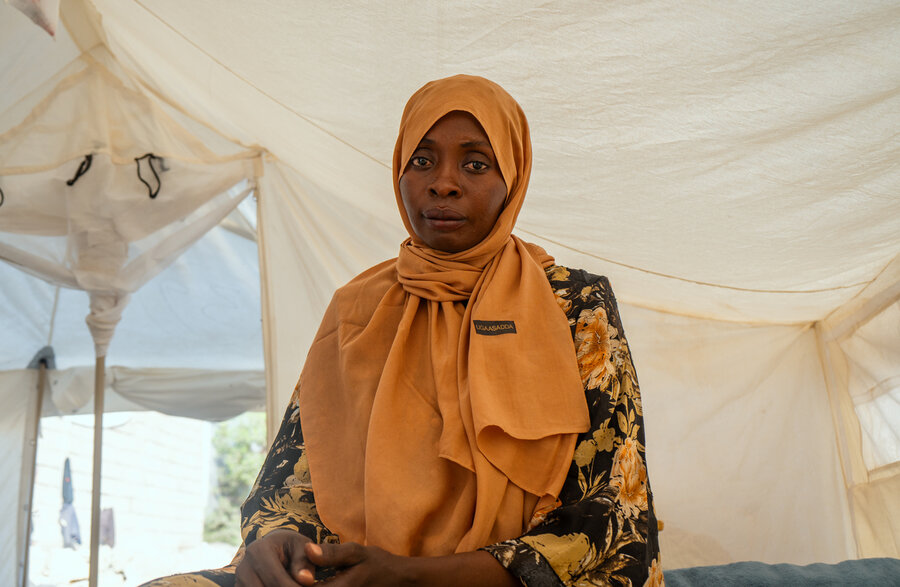
The IPC figures follow a series of other grim reports. Findings in May showed nearly 3.7 million Sudanese children aged under-5 were acutely malnourished, and 750,000 were severely acutely malnourished.
Driving the uptick is a lack of access to nutritious food, safe drinking water, sanitation, and increased disease risk. These drivers of malnutrition have all risen sharply since Sudan’s conflict erupted more than a year ago.
WFP has distributed food, cash, and nutritional assistance to some 6.8 million people, including over 3 million we’ve supported this year. The aim is to reach 5 million more with food assistance by the end of 2024, “if we have access and funding,” says Rowe, emphasizing that “we need both – now.”
Spiking hunger and prices: Sudan’s neighbours grapple with a refugee crisis

For Fawziya Adam, WFP assistance is a lifeline. After losing contact with her family she fled first to Wad Madani, capital of Sudan’s central Jazira state, once Sudan’s breadbasket region. When fighting engulfed the city last December, she fled again, this time hundreds of kilometres away to Port Sudan.
“They provided us with wheat flour, oil and supplementary meals for the children,” she says, adding mothers also received this fortified food.
Magedah Adam’s daughter (no relation to Fawziya) received treatment just before it was too late. “I don’t know what happened to her, whether it was an infection, malaria or a fever,” Magedah told WFP, as she cradled the little girl, clad in a frilly white dress, at a camp for displaced people in Port Sudan – the Red Sea city remains a relative oasis from fighting raging elsewhere in the country.
Magedah and her family travelled 800km to get here after a bomb fell near their home in Khartoum. Once settled, Magedah took her daughter to a WFP-supported health centre. By that time, the girl was so sick she couldn’t walk.
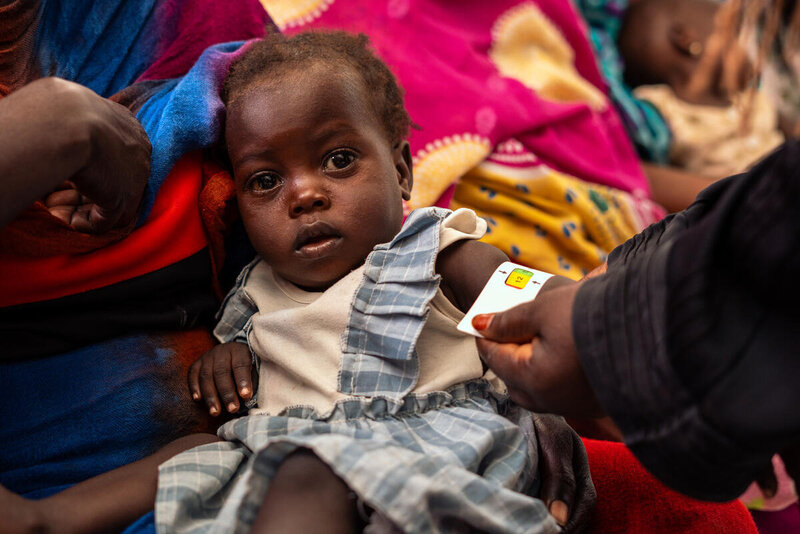
“They took measurements, gave her vitamins and told me that she’s very weak,” she says.
Her daughter has since bounced back and is walking again, thanks to the care and special nutritional supplements she received. “Thanks to God,” Magedah says.
But other children could face grimmer outcomes. Acute malnutrition is life-threatening. A malnourished child is up to 11 times more likely to die than a well-nourished one. Even children who recover face potentially lifelong effects on their physical and cognitive development, with more severe setbacks the longer malnutrition goes untreated.
Many pregnant and breastfeeding women are also showing alarming malnutrition levels. “We are on the cusp of losing the next generation through malnutrition,” says WFP’s Eddie Rowe.
As Rowe implores warring parties to grant access, highlighting the principles of neutrality and impartiality that inform the work of humanitarian actors such as WFP, he calls on donors to continue giving generously. “But let me qualify the funding element,” he says. “There has to be ‘flexible’ funding to allow us to adapt to the most effective and efficient mode of assistance, be it in-kind or cash, or the ability for us to procure locally, or do cash-based transfers in areas where markets are functioning.”
He adds: “Sudan is the world’s biggest hunger crisis – we must act now to stand by the Sudanese people in their darkest hour.”
WFP’s emergency response in Sudan is made possible through contributions from our donors including the African Development Bank, Belgium, Canada, Cyprus, Czech Republic, the European Commission (ECHO), France, Germany, Greece, Hungary, Ireland, Italy, Japan, KS Relief, Kuwait, Luxembourg, Malta, Mohammed bin Rashid Al Maktoum Global Initiatives (MBRGI), Netherlands, Norway, South Korea, Slovenia, Spain, Sweden, Switzerland, Ukraine, the United Arab Emirates, the UN Central Emergency Relief Fund, and the United States of America.


